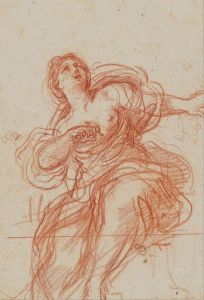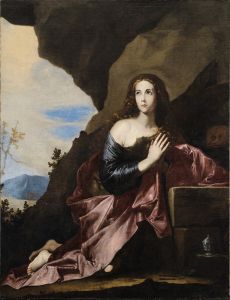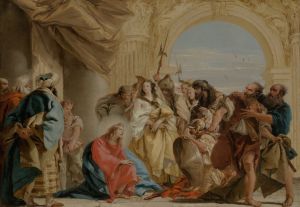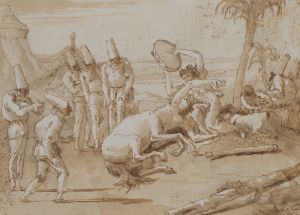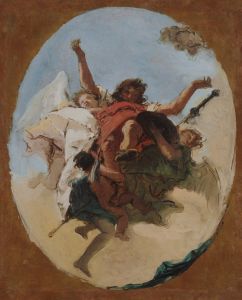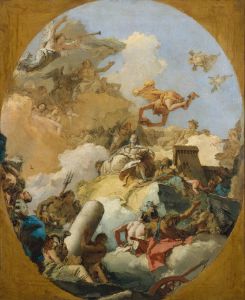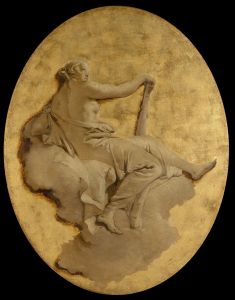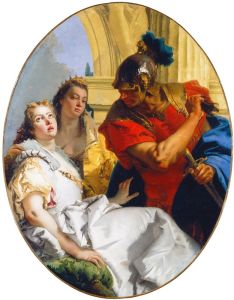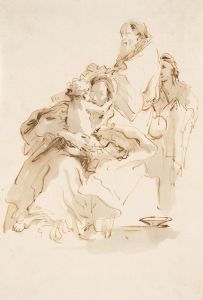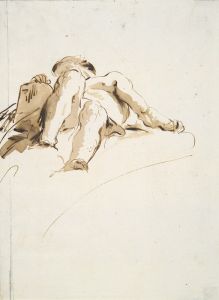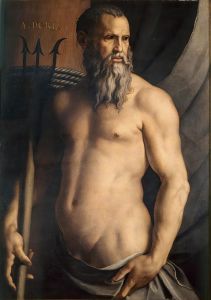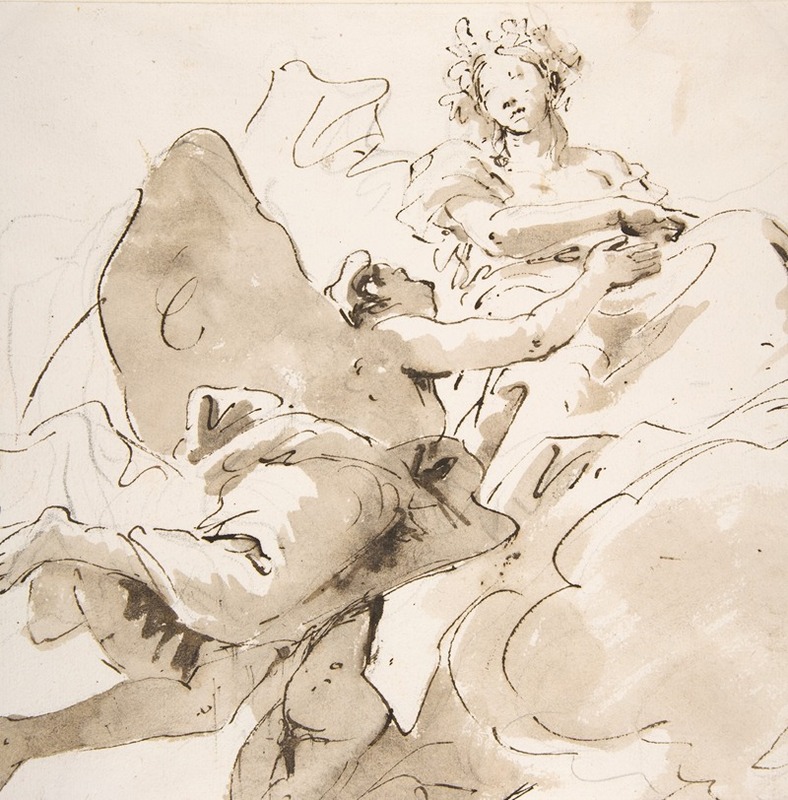
Zephyr and Flora
A hand-painted replica of Giovanni Battista Tiepolo’s masterpiece Zephyr and Flora, meticulously crafted by professional artists to capture the true essence of the original. Each piece is created with museum-quality canvas and rare mineral pigments, carefully painted by experienced artists with delicate brushstrokes and rich, layered colors to perfectly recreate the texture of the original artwork. Unlike machine-printed reproductions, this hand-painted version brings the painting to life, infused with the artist’s emotions and skill in every stroke. Whether for personal collection or home decoration, it instantly elevates the artistic atmosphere of any space.
Giovanni Battista Tiepolo's "Zephyr and Flora" is a painting attributed to the renowned Venetian artist, who was active during the 18th century and is celebrated for his contributions to the Rococo style. Tiepolo, known for his grand frescoes and mastery of light and color, often drew inspiration from classical mythology, and this work reflects his interest in such themes.
The painting depicts Zephyr, the personification of the west wind in Greek mythology, and Flora, the goddess of flowers and spring. In classical mythology, Zephyr is often associated with gentle breezes and the renewal of life, while Flora symbolizes fertility and the blossoming of nature. The interaction between the two figures in the painting embodies themes of growth, renewal, and the harmonious relationship between natural forces.
Tiepolo's use of light, color, and dynamic composition is evident in "Zephyr and Flora." The figures are rendered with a sense of movement and grace, characteristic of Tiepolo's style. The artist's skill in creating a sense of depth and atmosphere is also apparent, as he employs soft, luminous colors to evoke the ethereal quality of the mythological scene.
While the exact date of the painting's creation is not definitively documented, it is consistent with Tiepolo's mature period, during which he produced numerous works inspired by classical and allegorical subjects. The painting is believed to have been part of a larger decorative scheme, possibly commissioned for a private residence or palace, as was common for Tiepolo's works.
"Zephyr and Flora" is an example of Tiepolo's ability to blend mythological storytelling with the decorative elegance of the Rococo style. His work often appealed to patrons who sought to convey sophistication and cultural refinement through the commissioning of art that celebrated classical themes.
The current location of "Zephyr and Flora" is not specified in widely available sources, and further details about its provenance or specific historical context are limited. However, the painting remains an important example of Tiepolo's artistic legacy and his interpretation of mythological subjects.





